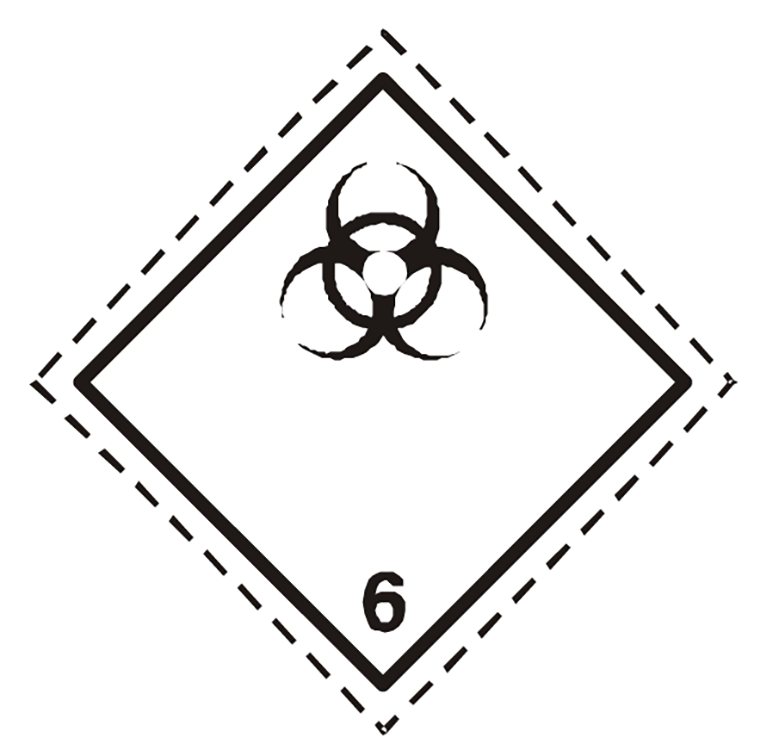What goods are risky to transport? TDG classifications
In terms of transport, dangerous goods include chemicals, substances, compounds, products, even items containing individual substances or compounds (= mixtures) the effect of which may be hazardous or harmful once in contact with living tissues, materials, nutrients, feed or similar matter. Environmental hazards must also be taken into account in the transport of dangerous goods.

The transport regulations for all forms of transport are based on the model regulations published by the UN, i.e. the UN Orange Book, UN Recommendations on the Transport of Dangerous Goods, Model Regulations. The classification of transport hazard classes 1–9 is performed on the basis of the recommendations of the UN regarding the transport of dangerous goods and the UN Manual of Tests and Criteria.
Goods that are risky to transport
A substance, solution, item, device or good that causes a risk of explosion, fire, infection or emission, is flammable, reactive, toxic or corrosive or creates dangerous reactions during transport, resulting in a risk to humans, the environment or property.
TDG hazard classes
The table includes the transport risk classes, class warning labels and some examples of substances and items belonging to the class.
| Class | Hazard class name | Warning labels | Examples |
|---|---|---|---|
| Class 1 | Explosives |
|
Blasting explosives, fireworks, flares and distress flares, gunpowder, ammunition, detonator caps, detonating fuses, sparklers |
| Class 2 | Gases |
|
Pressurised gases (e.g. argon, acetylene, helium, carbon dioxide), LPG, camp stove gas, lighter gas, aerosols (e.g. hairspray, paint, deodorant), extinguishers |
| Class 3 | Flammable liquids |
|
Petrol, diesel, acetone, alcohols, turpentine, paints, glues, windscreen washing fluids, perfumes, many cosmetics, alcoholic hand sanitizers and many other disinfectants |
| Class 4.1 | Flammable solids, self-reactive substances, solid desensitized |
|
Naphthalene, sulphur, matches, tinderbox, table tennis balls (celluloid) |
| Class 4.2 | Substances liable to spontaneous combustion |
|
Phosphorus, calcium sulphide, charcoal |
| Class 4.3 | Substances which in contact with water emit flammable gases |
|
Sodium, potassium, calcium hydride, aluminium powder, lithium |
| Class 5.1 | Oxidizing substances |
|
Bleaching agents, sodium chlorite, sodium peroxide, hydrogen peroxide |
| Class 5.2 | Organic peroxides |
|
Peracetic acid |
| Class 6.1 | Toxic substances |
|
Cyanide, arsenic compounds, lead acetate, some mercury compounds, some pesticides |
| Class 6.2 | Infectious substances |
|
Bacteria, viruses, hospital waste, samples considered infectious, some vaccines |
| Class 7 | Radioactive material |
|
Uranium, plutonium, fire alarms that create a radiation source, some medicinal substances |
| Class 8 | Corrosive substances |
|
Acids and alkalis, battery acids, formic acid, sulphuric acid, lye, mercury, some detergents |
| Class 9 | Miscellaneous dangerous substances and articles |
|
Lithium batteries, dry ice (carbon dioxide in solid form), magnetized materials (strong magnets), airbags, seat belt pre-tighteners, asbestos, products hazardous to the environment, high-temperature substances and items, combustion engines (fuelled by combustible gas or liquid) |
Packaging group
In addition to a hazard class, dangerous goods are also normally issued a packaging group. A packaging group means a group to which certain substances can be classified for packaging purposes on the basis of their hazardous properties. Certain items containing dangerous substances have also been allocated a packaging group. The packaging groups have the following meanings:
- Packaging group I: extremely dangerous goods
- Packaging group II: dangerous goods
- Packaging group III: less dangerous goods
The packaging group is used for selecting a suitable packaging as the testing and approval requirements for packagings are normally dependent on the packaging group(s) for which the packaging is designed. For example, a good in packaging group I needs a sturdier packaging than a good in packaging group III.


























